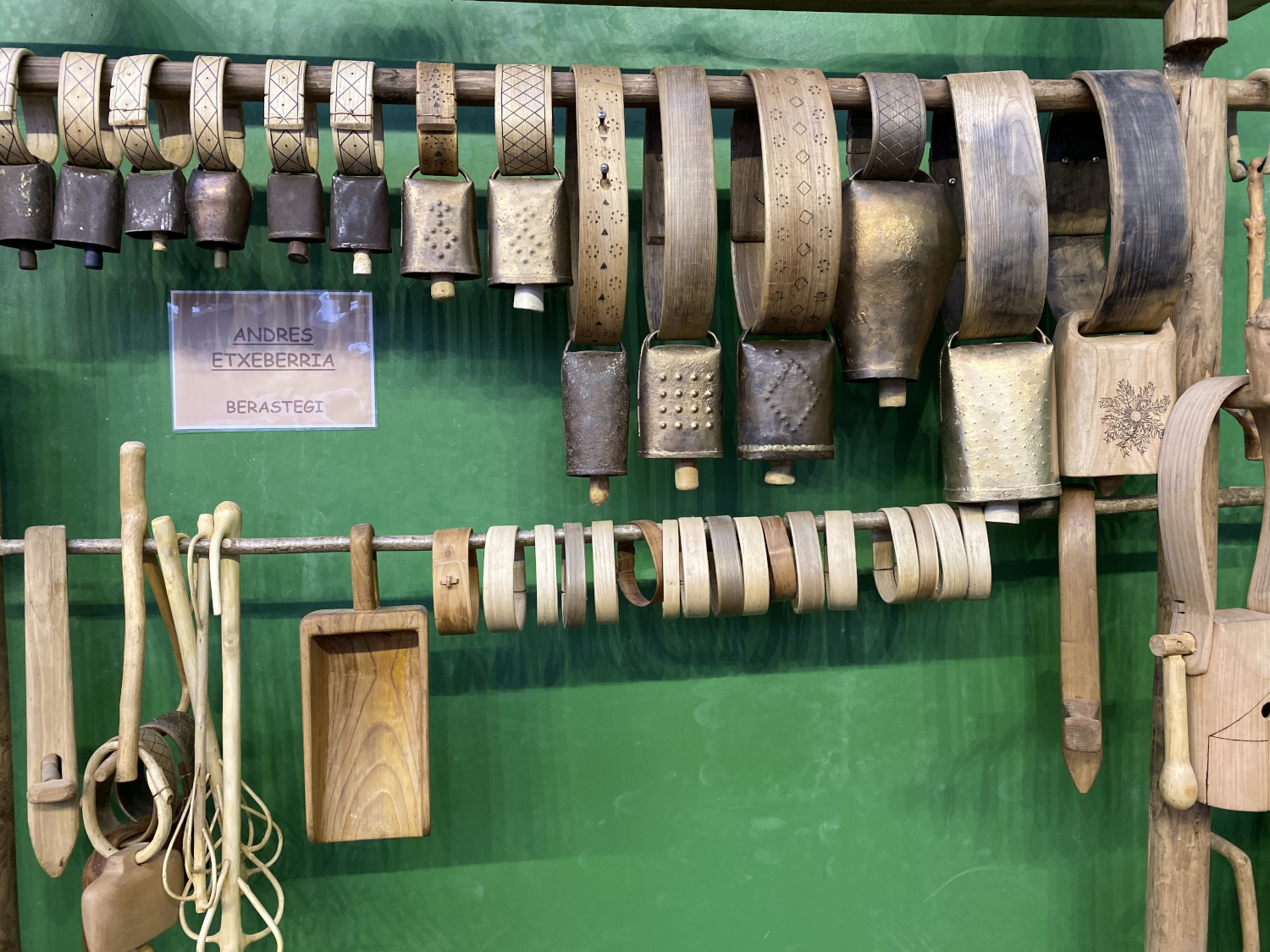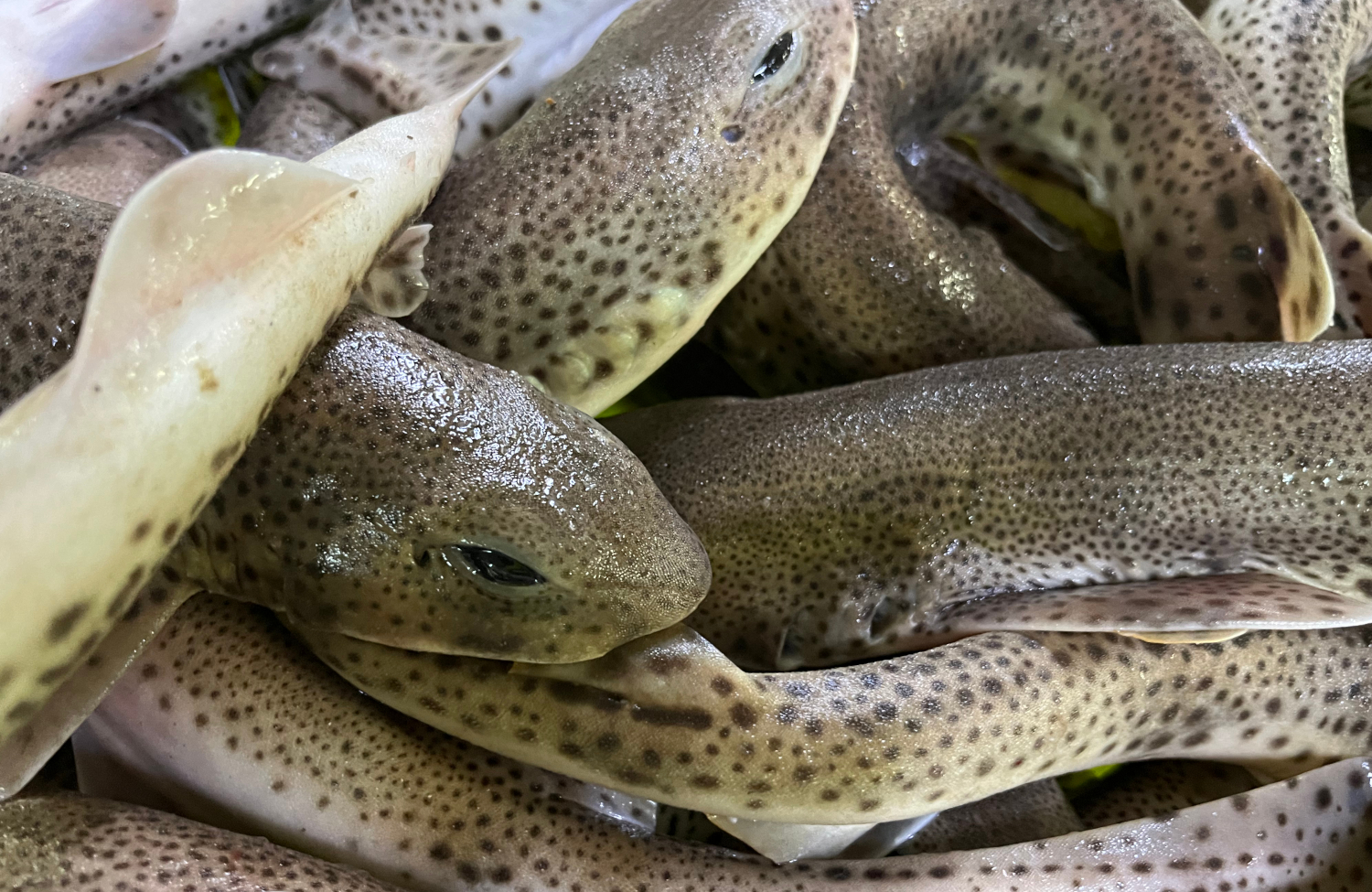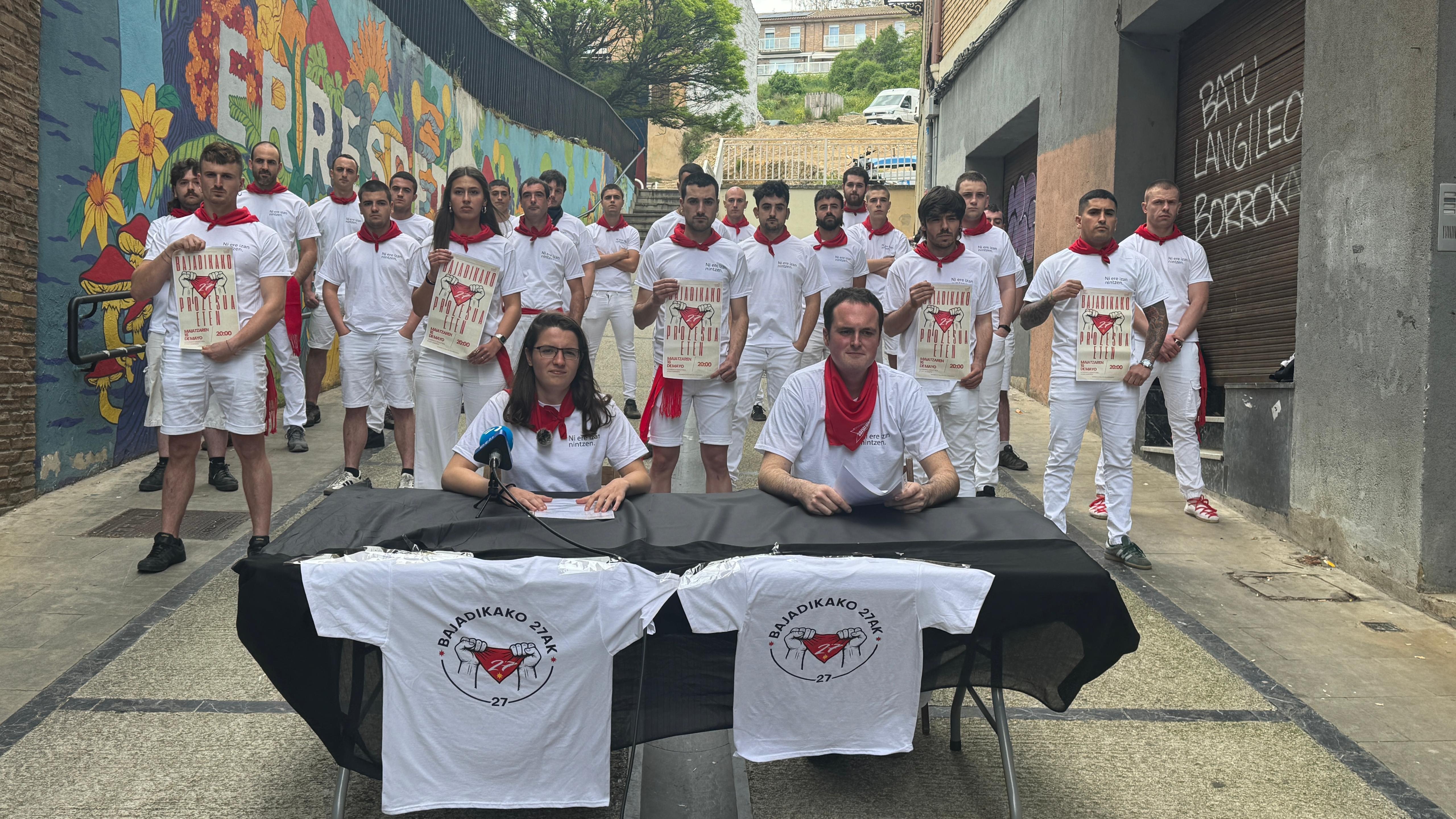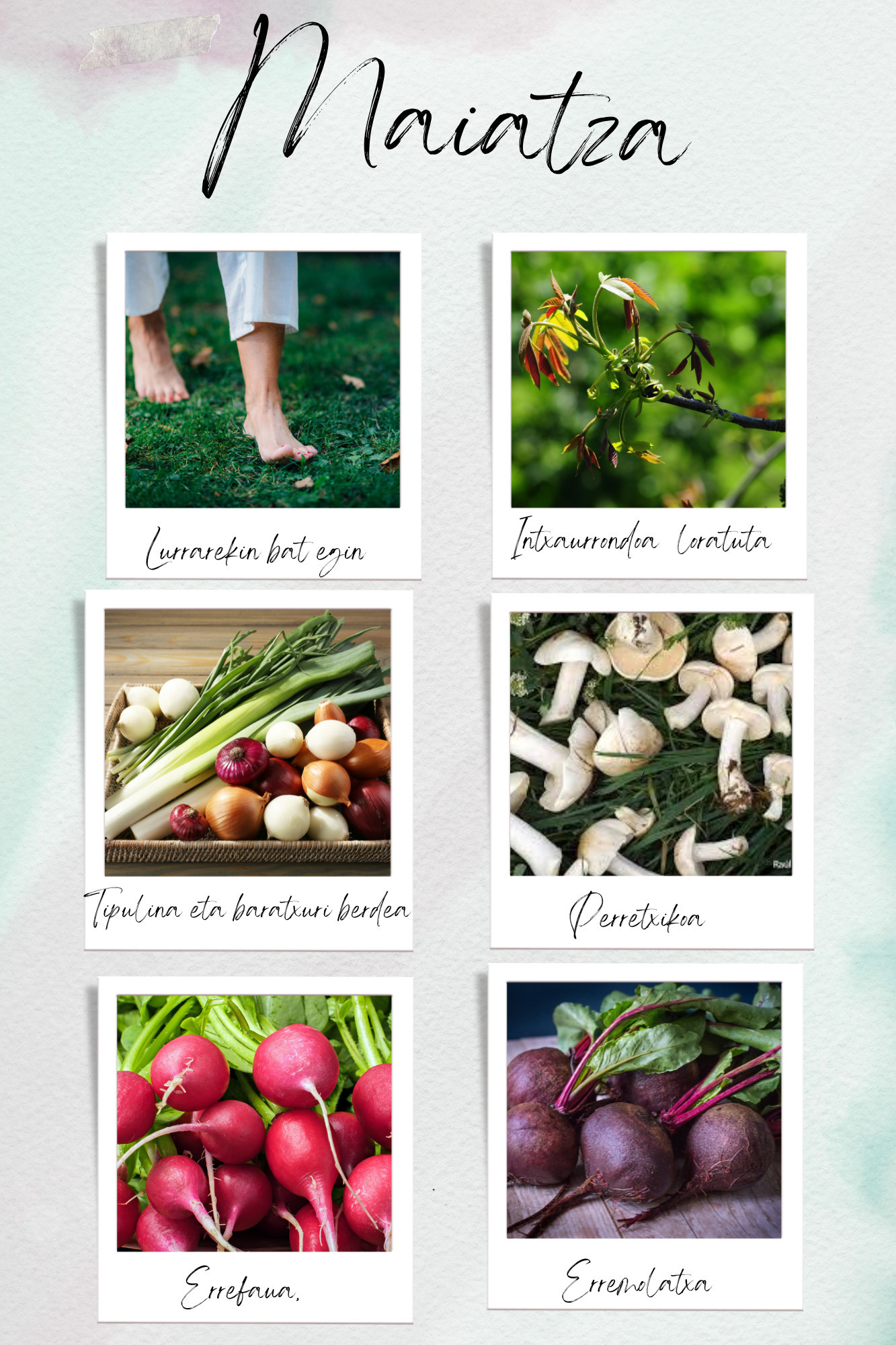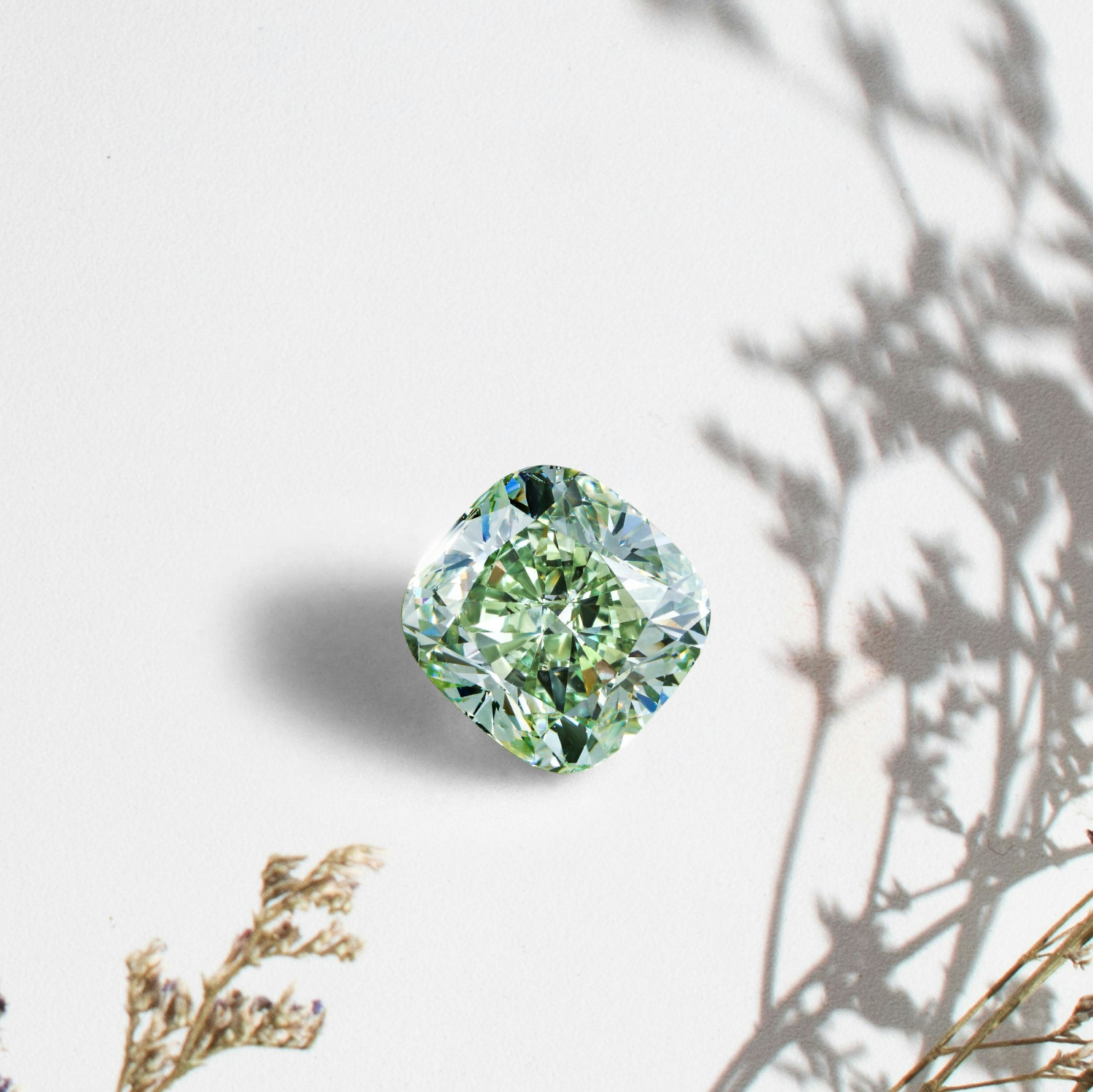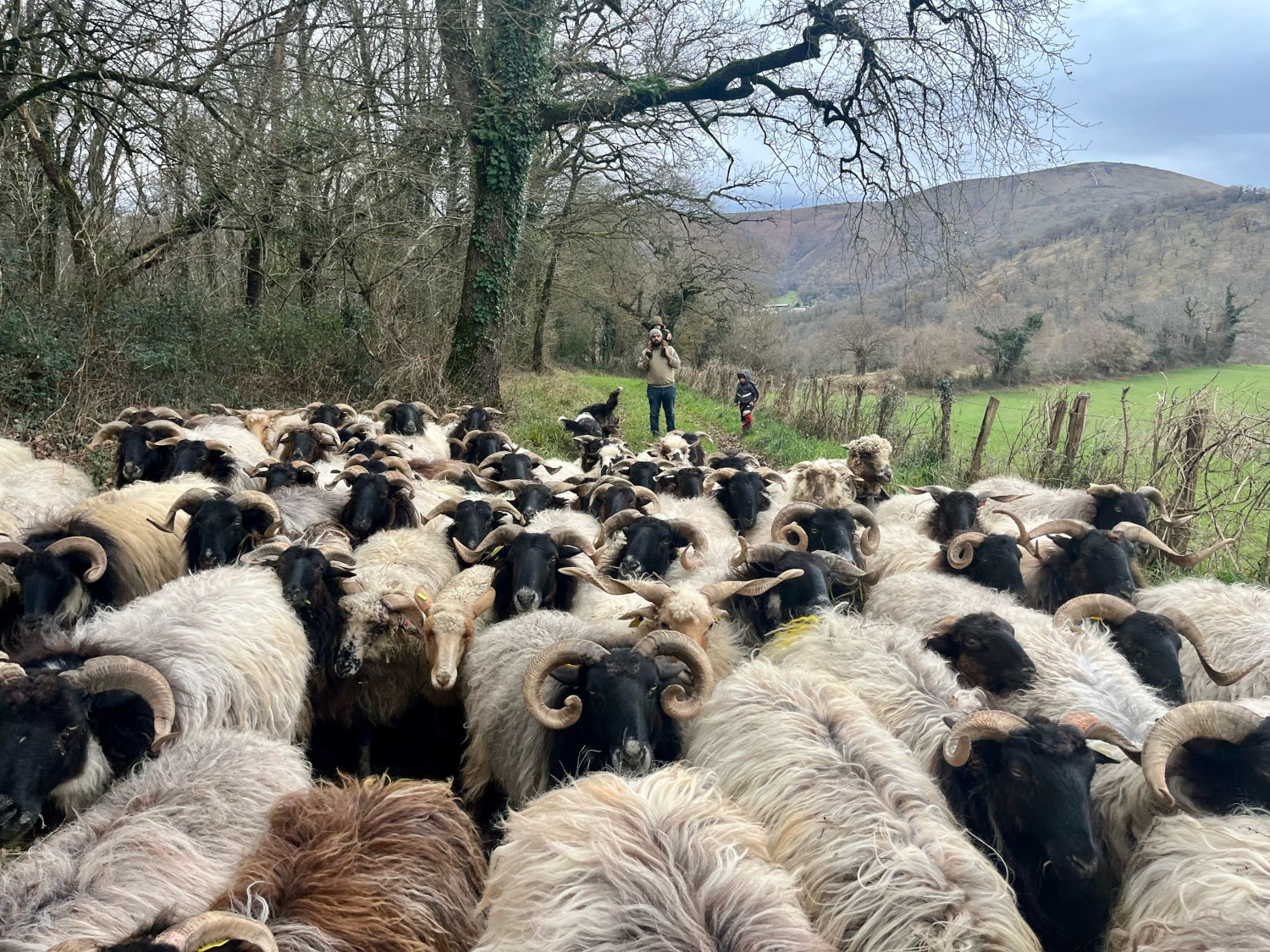An odour herb
- They like to live near their mother. Jacobaea vulgaris seeds will not go far and the plants born from them, the whole family, will grow and live alongside their mother and grandmother. An indigent family, since each plant can open at an age between 2,000 and 2,500 flowers, of which they can give between 75,000-200,000 seeds.

You will see them in groups from afar, in areas with wet but drained soils; you especially like the edges of roads and roads. Here it is more abundant in the dry south, in the ditches, cannons and wetlands; in the wet north it also dwells in sunny areas.
In Finland it is said that at one time their seeds came mixed in the stream or in the ballast of the boats; today it is seen in the territories around the ports, from where it takes the roads and the tracks of the train and new territories are being incorporated…
The whole plant is poisonous and the cattle, who know it, move away when they see it. A puppy can taste a tip that will carve him in the brain forever on the short path from the palate to the brain: “Do not hurt him, leave me alone.” In the veterinary literature there is talk of the problems of its consumption, especially in cattle. Eating a very small amount is enough to make you sick, and although very small doses are consumed, their ingredients accumulate in the body and damage can occur later; one of them is cirrhosis of the liver. Apparently, cattle don't know which literature they read, but they do. When he is severely hungry, he eats, but they say, grass of saints. Others have eaten this herb and the literature already explains the addiction of sheep to it and mixed in fodder, they also eat quietly, when the liver seems hard. There are many insects that love this herb (sits, butterflies, beetles, worms, small wasps…), the venom prevents their enemies from approaching and they have fun.
The name “Santio” is due to the beginning of its flowering around that day of the end of July. It has a long flowering period until November. This flower is striking and can be extended up to two meters, so it is easily detectable at a distance. It's also spectacular; some take it to the gardens. Along with the poison, the leaves smell bad. The Composition and Review of the Plants of the Spanish-Lusitana Peninsula and the Balearic Islands was published between 1885 and 1889 by Galician author Miguel Colmeiro Penido. “A gastric odour toast,” surely some informant would say “a gaish-smelling herb,” and transform it into transcripts. But the "gastric smell" is perfectly understood.
In Spanish it also has a lot of layered names, among them sacapeos, which draws puzzles. As a medicinal herb it has also been used to treat many diseases. In Basque it may have a similar name; in the Yearbook of Eusko Folklore of 1980 it was published: “The herb of Santio cooked and its ration is good for the executioners to eteen.” They are not healings, but have in Canada an incarnate rivalry, declared invading for what is Eurasian in nature, which is forced to take away in the state of Alberta, as well as in the garden the house of insects and ornaments. It was the immigrant grass! Bliss of joy!








